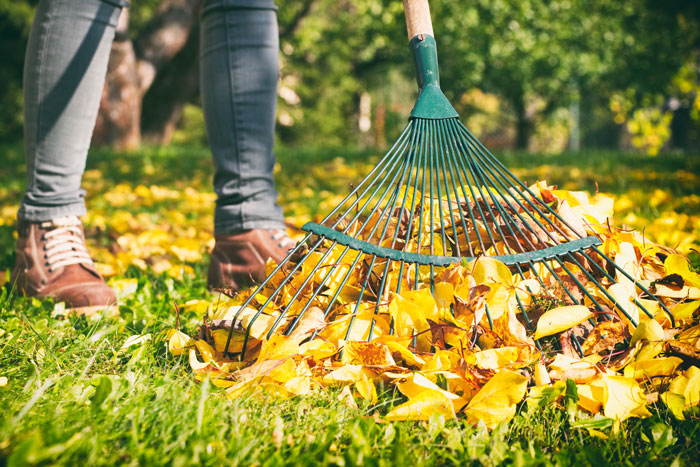
However all gardeners know that it signals many weeks of falling leaves that collect on the beds and borders, litter paths and drives, block gutters and bury the lawn under a dense carpet. Although a little hard work is involved, these fallen leaves are valuable; they can be composted, making a rich organic mulch and soil improver, given a little time and encouragement.
Grass continues to grow in autumn and winter and it is really important to keep on grass cutting as necessary. This is also a great way to collect leaves as they fall. Even if there are still plenty to come down, and leaf fall may continue into midwinter, it is still best to keep on top of the job to keep the grass in good condition. If you leave the leaves on the lawn for a couple of weeks they become a soggy blanket. This will weaken, the grass making it more susceptible to moss infestation and lawn diseases.
If you have a rotary or ride-on mower that collects, set it to a higher setting than you would use in summer. Ideally you do not want to reduce the grass height by more than one third. Using a rotary mower to collect the leaves works brilliantly because it chops them up a bit and mixes them with grass cuttings. This means you’ve got a blend of green and brown garden waste already to compost.
Of course you cannot do all leaf collection with the mower; a plastic leaf rake is an essential piece of kit. Choose a nice robust one with a slight curve to the head and stiff enough tines. A wire rake is useless for leaves because they just get impaled on the tines. Before you get the mower out rake out the leaves from awkward corners and from steep banks. If the piles are not too large you can still pick them up with the mower.
